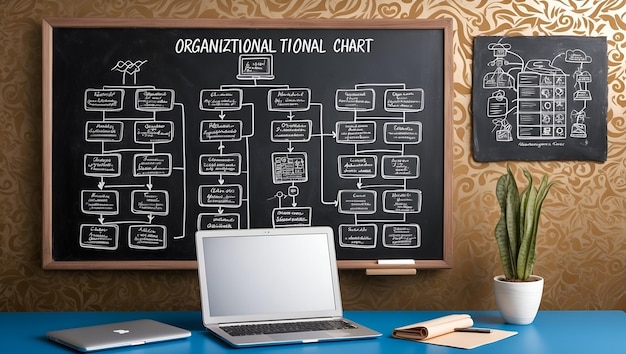
This website uses cookies to enhance your experience and provide personalized services. To learn more about the cookies we use, check out our Privacy Policy. We respect your choices and won’t track your information, but we need to use one small cookie to remember your preferences.
Integrating Design Thinking into Agile Product Roadmapping for Better Products
Staying competitive in product development requires innovative thinking. Combining different methodologies can lead to groundbreaking results. Integrating design thinking into agile product roadmapping can enhance product development processes, creating more user-centered and innovative outcomes for software, physical products, or cyber-physical goods.
Introduction to Design Thinking
Design thinking is a human-centered problem-solving approach that focuses on understanding user needs, rapid prototyping, and iterative testing. Originally from the design world, it is now used in software development, manufacturing, and business strategy. Design thinking emphasizes empathy and user experience over technical or business issues.
The Goal: Creative Solutions that Meet User Needs
The main aim of design thinking is to create innovative solutions that meet user needs and desires. This approach ensures that products and services resonate with users on an emotional level. By focusing on user-centered design, companies can uncover unexpected needs, develop creative solutions, and validate ideas through user feedback.
Empathy Sets Design Thinking Apart
Empathy is the cornerstone of design thinking. By understanding customers’ pain points and behaviors, designers can develop more effective and user-friendly solutions. Design thinking also promotes a collaborative and interdisciplinary approach, bringing diverse perspectives together to foster creativity and innovation.
Key Elements of Design Thinking
1. Empathy: Understand the people you’re designing for by observing and engaging with users to gain insights into their experiences.
2. Defining the Problem: Clearly define the problem statement based on insights gained from empathy.
3. Generating Ideas: Encourage brainstorming and explore diverse solutions without judgment.
4. Prototyping: Create quick, low-fidelity prototypes to test and gather feedback.
5. Testing: Use feedback from prototypes to refine and iterate on solutions.
How Design Thinking Benefits Agile Product Development
1. User-Centric Focus: Ensures the final product is relevant and valuable to users.
2. Enhanced Creativity: Encourages innovation through iterative brainstorming and testing.
3. Risk Reduction: Identifies potential problems early through rapid prototyping and testing.
4. Improved Collaboration: Promotes a collaborative environment where diverse teams solve complex problems together.
Integrating Design Thinking into Agile Product Roadmapping
Agile methodologies’ flexibility and iterative nature align well with design thinking. Here’s how to integrate the two:
1. Value Empathy in Planning: Incorporate user research and empathy-building at the planning stages.
2. Focus on Iterative Prototyping: Develop minimum viable products, test with users, and iterate based on feedback.
3. Collaborative Sprint Reviews: Include designers, developers, and stakeholders in sprint reviews for feedback.
4. Flexible Backlog Management: Use insights from user feedback to prioritize and adjust the product backlog promptly.
Comparing Software and Manufacturing
Software Development
Software can be iterated quickly, making design thinking integration seamless. Digital prototypes allow for rapid development, testing, and refinement, leading to higher-quality software products.
Manufacturing
Prototyping in manufacturing is more time-consuming and costly. Despite this, design thinking can enhance the process by focusing on user-centered designs, which reduces the risk of costly errors. Collaboration between design, engineering, and production promotes innovation.
Balancing Business Goals and Customer Needs
Integrating design thinking into agile roadmapping aligns product and customer needs with business goals. While understanding customers is crucial, it’s also important to balance this with business objectives and innovative ideas to create market-leading products with long-term success.
Gocious’ product roadmap software supports design thinking to deliver successful products. Book a free demo to see how Gocious connects your teams.
Topics: Manufacturing, Product Development, Design Thinking
Subscribe to our blog for the latest updates. By subscribing, you agree to the Gocious Privacy Policy.
Contact Us: hello@gocious.com
Legal:
Privacy Policy
Terms of Service
Security at Gocious
Acceptable Use Policy